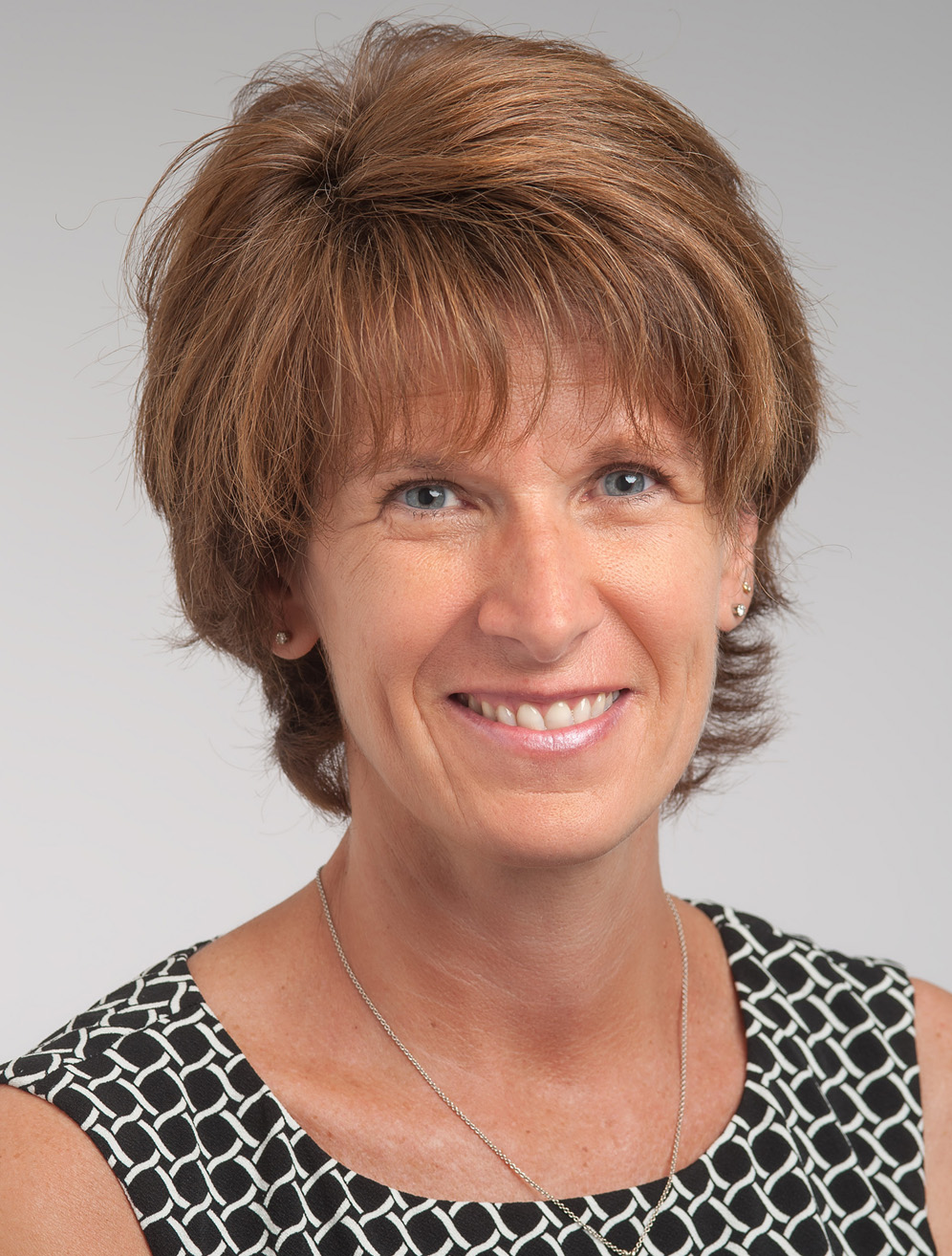Prof. Dr. Lee Ann Laurent-Applegate

Unit of Regenerative Therapy, Service of Plastic and Reconstructive Surgery, Department of Musculoskeletal Medicine, University Hospital Lausanne;
Lausanne Burn Center, University Hospital Lausanne;
Oxford Suzhou Centre for Advanced Research, Science and Technology, Suzhou, China
Unit of Regenerative Therapy
Lausanne Burn Center
Oxford Suzhou Centre for Advanced Research
Contact
The Unit of Regenerative Therapy (UTR) is in the Service of Plastic, Reconstructive and Hand Surgery in the Department of Musculoskeletal Medicine at the University Hospital of Lausanne, Switzerland. The UTR is devoted to the development of innovative solutions using cellular therapy and bioengineering to address specific clinical problems for musculoskeletal tissues. The interaction of a multi-disciplinary team composed of engineers, biologists, pharmacists and surgeons is the keystone for the success of tissue engineering using biological substitutes and cellular therapies.
Considerable interest and research has been dedicated to the understanding of wound healing and the associated process. Whereas adult cutaneous wounds heal with scar formation to restore tissue integrity, fetal skin in utero is observed to have rapid and scar-less tissue repair characterized by regeneration of an organized dermis with normal appendages and by a relative lack of inflammation. Extensive cell banks have been made in the laboratory over the last 25 years consisting of different human bone, bone marrow, adipose tissue, cartilage, disc, muscle, tendon and/or skin sources (fetal, child, young adult, adult, old adult). These progenitor cell sources have been compared to various stem cells for continued research in studying the fundamental mechanisms of fetal cells which will help identify their virtues in tissue repair.
At least for skin, we have brought the technology from bench-top (with the development of characterized, consistent, clinical-grade fetal progenitor cell banks) to clinical use for acute and chronic wounds in humans and particularly for the severely burned patient.
Other cell types including tendon and cartilage have been used in medium to large animal model testing (under GLP conditions in Zurich).
One of the major challenges of assuring increasing patients benefiting from tissue engineering in the future is the optimization of the choice of cell type and their isolation and proliferation. A major aspect contributing to the facility of using fetal progenitor cells for tissue repair is their extensive expansion possibilities with no additional growth factors or feeder layers. It requires only one organ donation (1 cm2 of specific tissue) to create enough frozen cells to produce a bank of cells capable of making millions of bio-engineered constructs. Equally important is the delivery system of chosen cells and their interaction with scaffolds or hydrogels. Physical characteristics of scaffolds such as porosity and mechanical stability are important for withstanding cell contraction forces and assuring a homogenous distribution of cells throughout the scaffold.
Our interest in cellular and molecular biology with an extensive technical platform for characterization and biocompatibility of human cells helps to provide necessary criteria for defining cell types and associated delivery systems that are adapted for clinical applications.